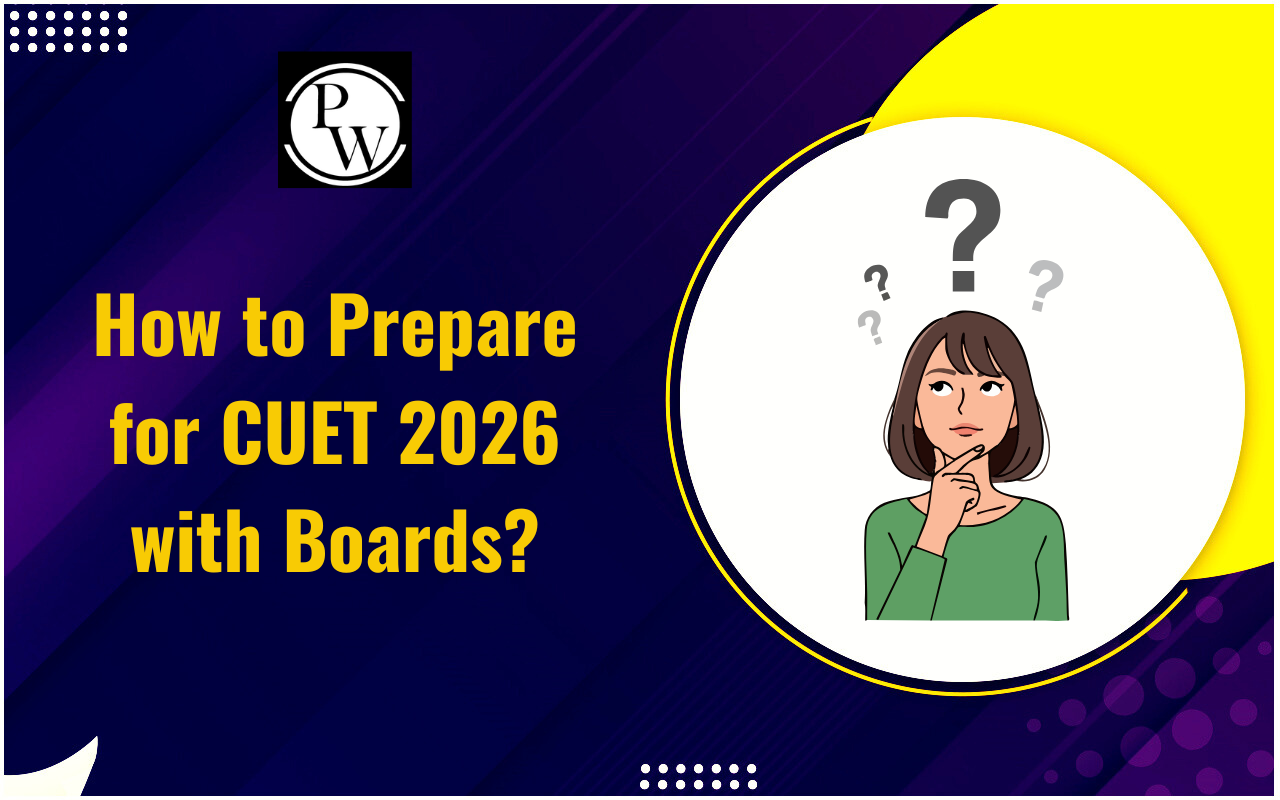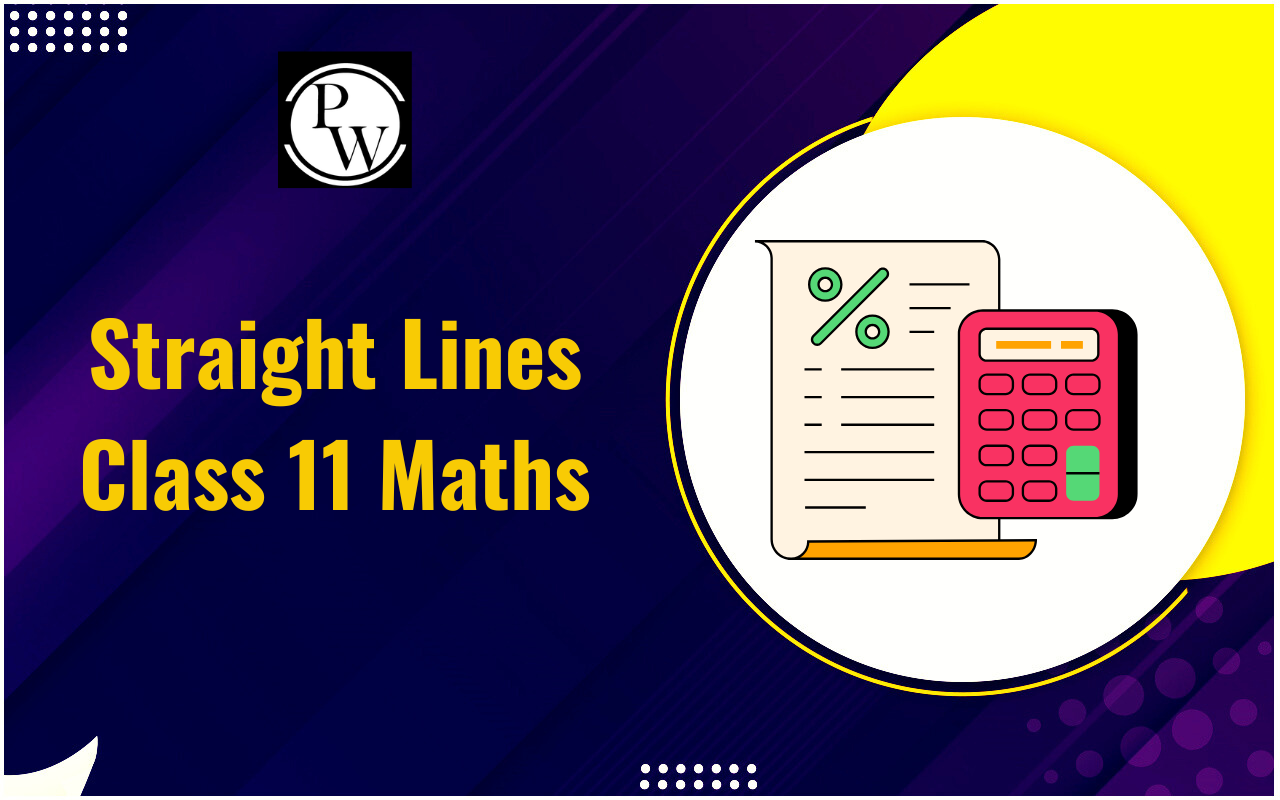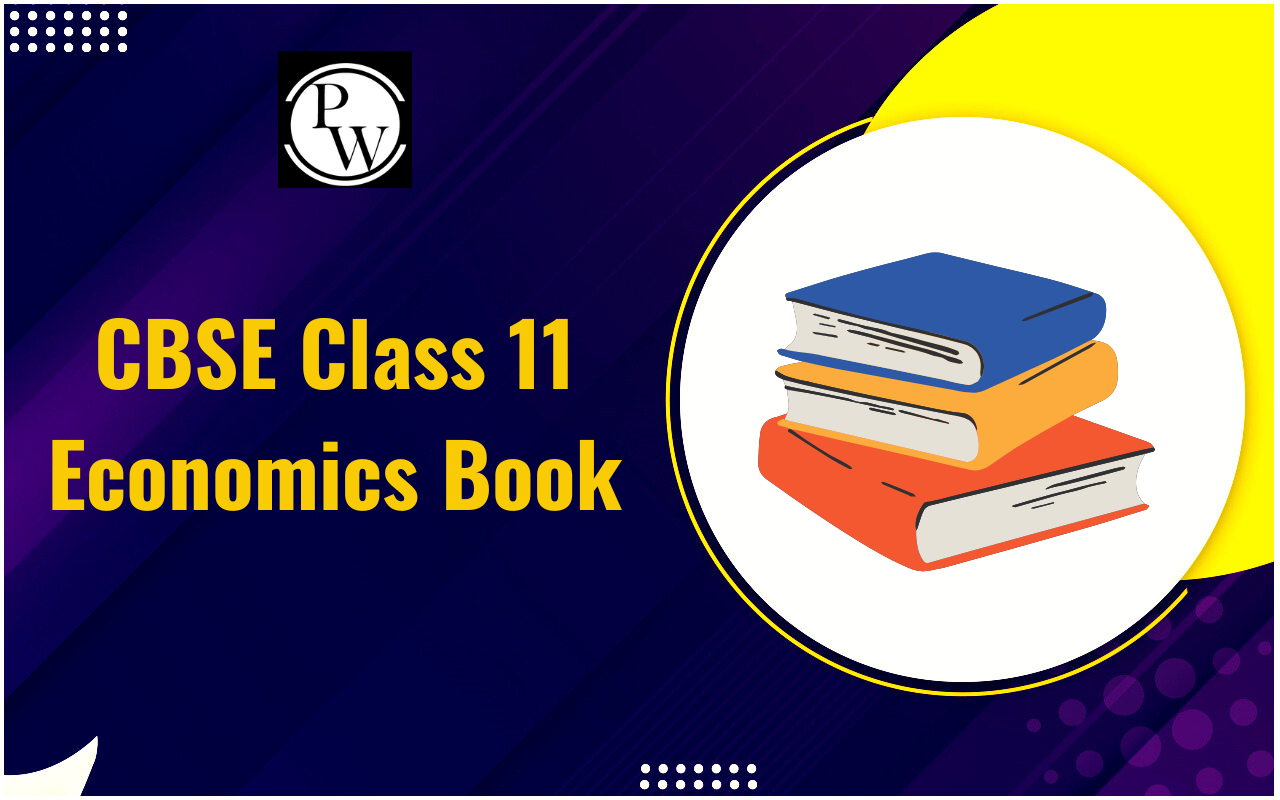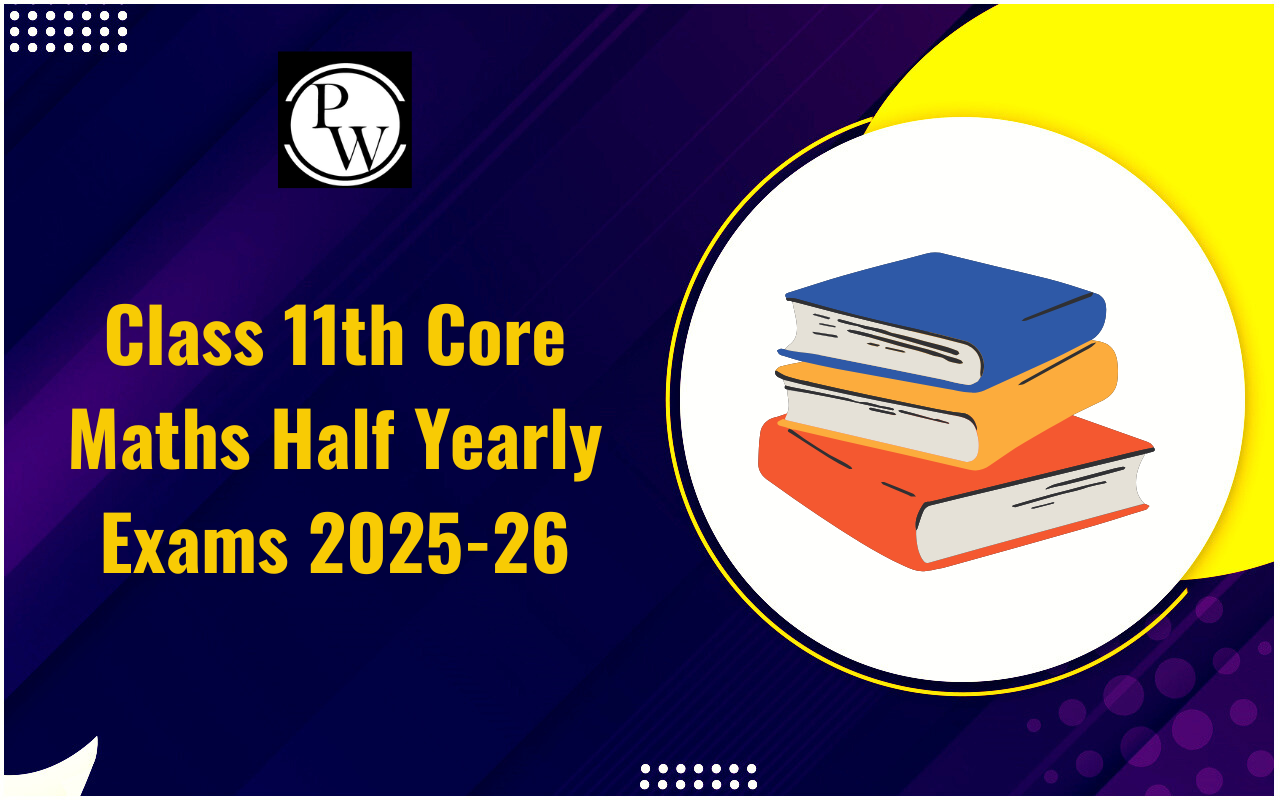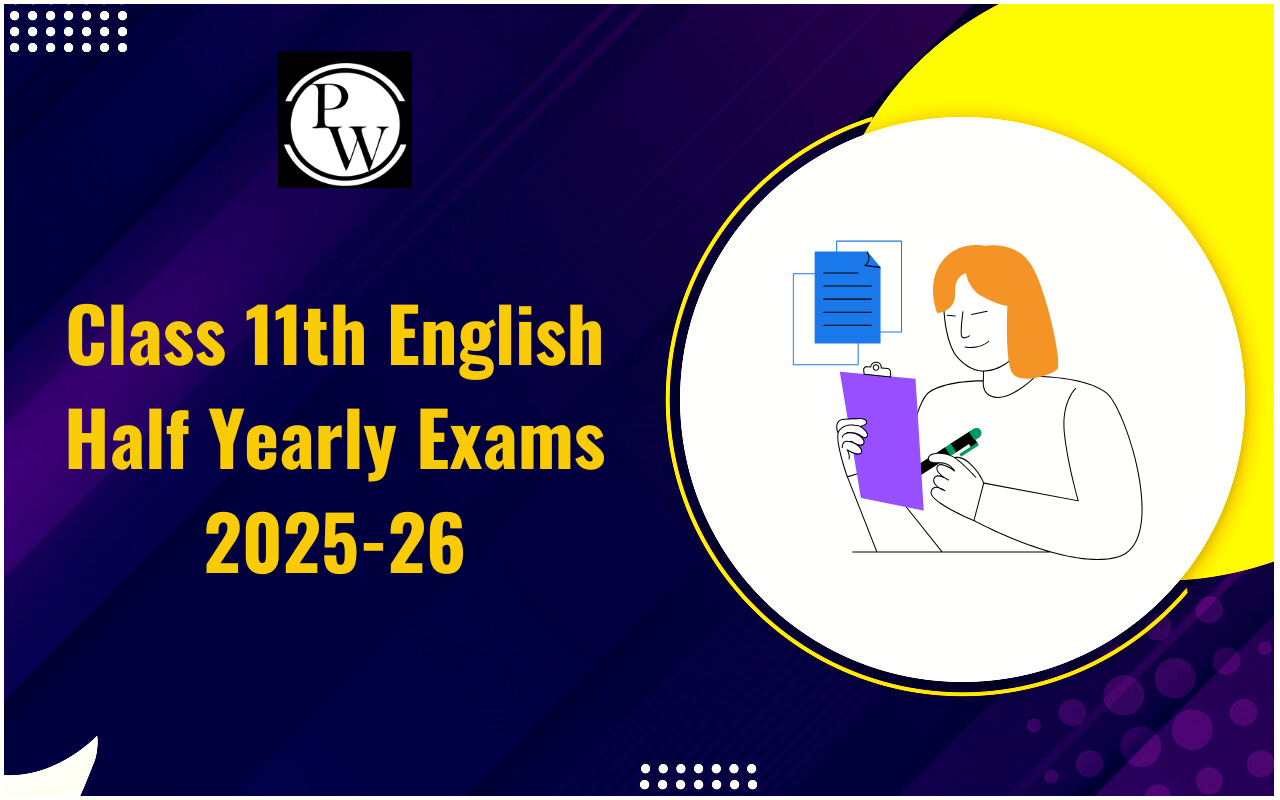
In India, poverty manifests in two forms: absolute and relative, both revolving around financial scarcity and consumption. Yet it isn't solely an economic issue; it's intricately tied to societal and political factors.
Poverty isn't just a personal struggle; it also poses significant social challenges. Individually, it means unmet needs, leading to physical and mental health problems. Societally, pervasive poverty hampers economic progress and correlates with issues such as joblessness, criminal activity, urban deterioration, limited education, and poor health.Poverty Meaning
The phrase “poverty” is a situation when people or groups do not have enough money and essentials to provide for minimal living standards, and thus, their fundamental human needs are ignored. It is related to insufficient housing, clean water, good food, and medical care. Each country establishes its specific criteria to define the poverty line and assess the number of citizens affected. It isn't solely about income; it's a complex socioeconomic condition influenced by various factors such as race, sexual identity, and limited access to education.Types of Poor People
There are various categories to identify poor people: Consistent Poor: These are individuals consistently stuck in a state of poverty. They typically have limited financial resources, although some might have occasional small earnings, such as casual laborers. Fluctuating Poor: This group includes people who experience periods of poverty and then manage to escape it temporarily. Examples include small-scale farmers and seasonal workers, who face alternating phases of poverty and relative stability. Temporary Poor: These are individuals who are usually financially stable but might face temporary hardships due to unforeseen circumstances or bad luck. They are referred to as the transient poor, as their condition is situational and temporary.Types of Poverty
It can be categorized based on social, economic, and political factors. Let's explore these types:Absolute:
This is another sort of poverty known as severe poverty and it connotes grave deficiencies in food, clean water, health care, housing, education, and knowledge. Absolute poverty is a circumstance when someone is unable to sustain himself and the children succumb to avoidable illnesses resulting in significant child mortality. Absolute poverty is typically an uncommon condition in wealthy countries.Relative:
This type is determined socially, comparing one's living standards to the economic norms of the surrounding population. It measures income inequality; for instance, a family might be considered poor if they can't afford holidays, gifts for children, or higher education for their young ones.Situational:
Temporary in nature, situational poverty arises from adverse events such as environmental disasters, job loss, or severe health issues. Even small assistance can help people recover, as this poverty is usually a consequence of unfortunate events.Generational:
Such poverty is intergenerational, and highly tough to alleviate. They become locked in a loop, unable to gather the required resources to leave the cycle.Rural:
It is typified by a high rate of unemployment, unavailability of services, insufficient assistance for disability, and low quality education. Rural poor generally rely on subsistence farming and minor menial employment in the environment.Urban:
Found in metropolitan areas with populations exceeding 50,000, urban poverty presents significant challenges:- Limited access to healthcare and education.
- Inadequate housing and services.
- Overcrowding leads to a violent and unhealthy environment.
- Lack of social protection mechanisms.
How to Reduce Poverty
Reducing it involves addressing several key aspects: Education: Ensuring children in unsafe areas attend and complete school is vital. Providing secure homes with proper lighting and no leaks enables these children to learn effectively, paving the way for them to become educated, responsible adults. Employment Opportunities: Access to jobs requires a stable address and internet connection. Adequate housing not only improves health but also enhances employability and job retention. Establishing home-based businesses can also be a lucrative option, but this necessitates secure spaces for operations, ensuring financial stability for families. Safety: Quality housing protects against natural disasters like storms and earthquakes, benefiting not only individuals but the entire community. It fosters robust education systems and healthy community relationships, enhancing overall safety. Security: Homes equipped with lockable doors reduce the risk of theft and crime. Safe living environments contribute significantly to societal stability and security, fostering a sense of safety among residents.Poverty and Poor FAQs
What are the different categories of the poor?
Different categories of the poor include chronic poor, churning poor, transient poor, generational poor, rural poor, and urban poor.
What is the best definition of poor?
The best definition of "poor" is someone who lacks the necessary financial resources for a decent standard of living.
Which category of poor includes always and usually poor?
The category of poor that includes those who are always or usually poor is "chronic poor."
Which of the two categories are regarded as poorest of the poor?
The "poorest of the poor" are often individuals who are "chronic poor" or "generational poor."
Which are the two poorest states in India?
The poorest states in India include Bihar and Jharkhand.
Talk to a counsellorHave doubts? Our support team will be happy to assist you!

Check out these Related Articles
Free Learning Resources
PW Books
Notes (Class 10-12)
PW Study Materials
Notes (Class 6-9)
Ncert Solutions
Govt Exams
Class 6th to 12th Online Courses
Govt Job Exams Courses
UPSC Coaching
Defence Exam Coaching
Gate Exam Coaching
Other Exams
Know about Physics Wallah
Physics Wallah is an Indian edtech platform that provides accessible & comprehensive learning experiences to students from Class 6th to postgraduate level. We also provide extensive NCERT solutions, sample paper, NEET, JEE Mains, BITSAT previous year papers & more such resources to students. Physics Wallah also caters to over 3.5 million registered students and over 78 lakh+ Youtube subscribers with 4.8 rating on its app.
We Stand Out because
We provide students with intensive courses with India’s qualified & experienced faculties & mentors. PW strives to make the learning experience comprehensive and accessible for students of all sections of society. We believe in empowering every single student who couldn't dream of a good career in engineering and medical field earlier.
Our Key Focus Areas
Physics Wallah's main focus is to make the learning experience as economical as possible for all students. With our affordable courses like Lakshya, Udaan and Arjuna and many others, we have been able to provide a platform for lakhs of aspirants. From providing Chemistry, Maths, Physics formula to giving e-books of eminent authors like RD Sharma, RS Aggarwal and Lakhmir Singh, PW focuses on every single student's need for preparation.
What Makes Us Different
Physics Wallah strives to develop a comprehensive pedagogical structure for students, where they get a state-of-the-art learning experience with study material and resources. Apart from catering students preparing for JEE Mains and NEET, PW also provides study material for each state board like Uttar Pradesh, Bihar, and others
Copyright © 2025 Physicswallah Limited All rights reserved.
Get App
